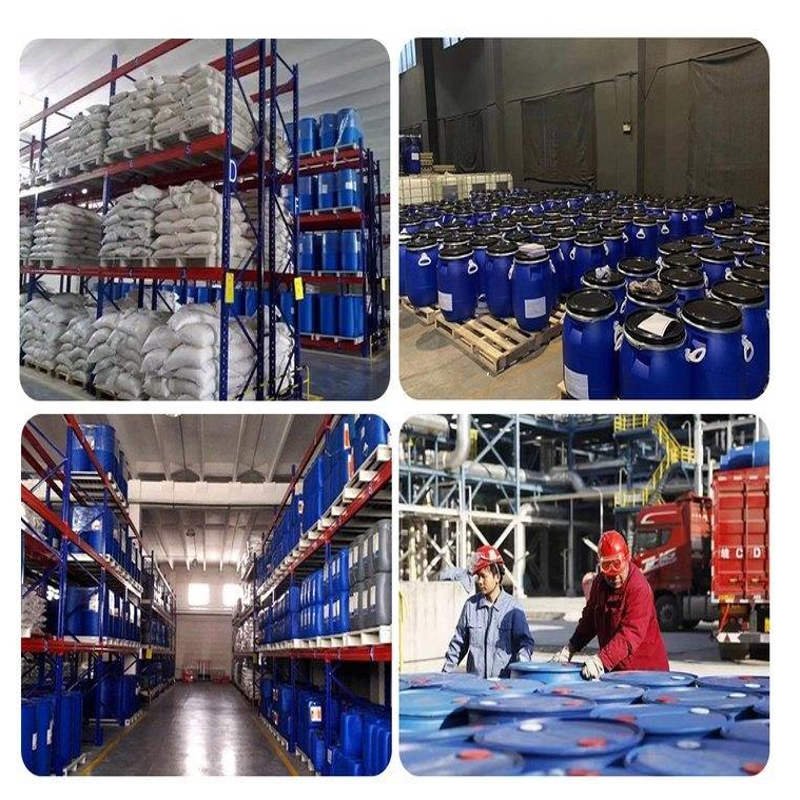-
Categories
-
Pharmaceutical Intermediates
-
Active Pharmaceutical Ingredients
-
Food Additives
- Industrial Coatings
- Agrochemicals
- Dyes and Pigments
- Surfactant
- Flavors and Fragrances
- Chemical Reagents
- Catalyst and Auxiliary
- Natural Products
- Inorganic Chemistry
-
Organic Chemistry
-
Biochemical Engineering
- Analytical Chemistry
-
Cosmetic Ingredient
- Water Treatment Chemical
-
Pharmaceutical Intermediates
Promotion
ECHEMI Mall
Wholesale
Weekly Price
Exhibition
News
-
Trade Service
U.
S.
crude inventories fell by 12.
6 million barrels to 419.
08 million barrels in the week ended Nov.
25, compared with market estimates of a 2.
8 million barrel
decline, EIA data showed.
At present, the United States has actually completed the unprecedented release
of 180 million barrels of oil in strategic reserves for the whole year.
This move is aimed at controlling prices to ease the supply shortage
caused by the sudden rush of Russia and Ukraine.
U.
S.
refineries processed 228,000 b/d
in the week of Nov.
25.
The capacity utilization rate of refineries increased by 1.
3 percentage points to 95.
2%; Gulf Coast refinery capacity utilization is 98%, basically operating
at full capacity.
The EIA report also showed that U.
S.
gasoline inventories rose by 2.
8 million barrels to 213.
8 million barrels in the week ended November 25, compared with market expectations of 1.
6 million barrels
.
Distillate inventories, which include diesel and heating oil, rose 3.
5 million barrels to 112.
6 million barrels in the week ended Nov.
25, compared with a market estimate of an increase of 1.
5 million barrels
.
Cushing crude inventories in Oklahoma fell by 415,000 barrels
, EIA data showed.
The EIA report showed that net U.
S.
crude imports fell by 1.
73 million b/d
last week.
Crude oil futures rose on Wednesday but pared
gains after the report.







